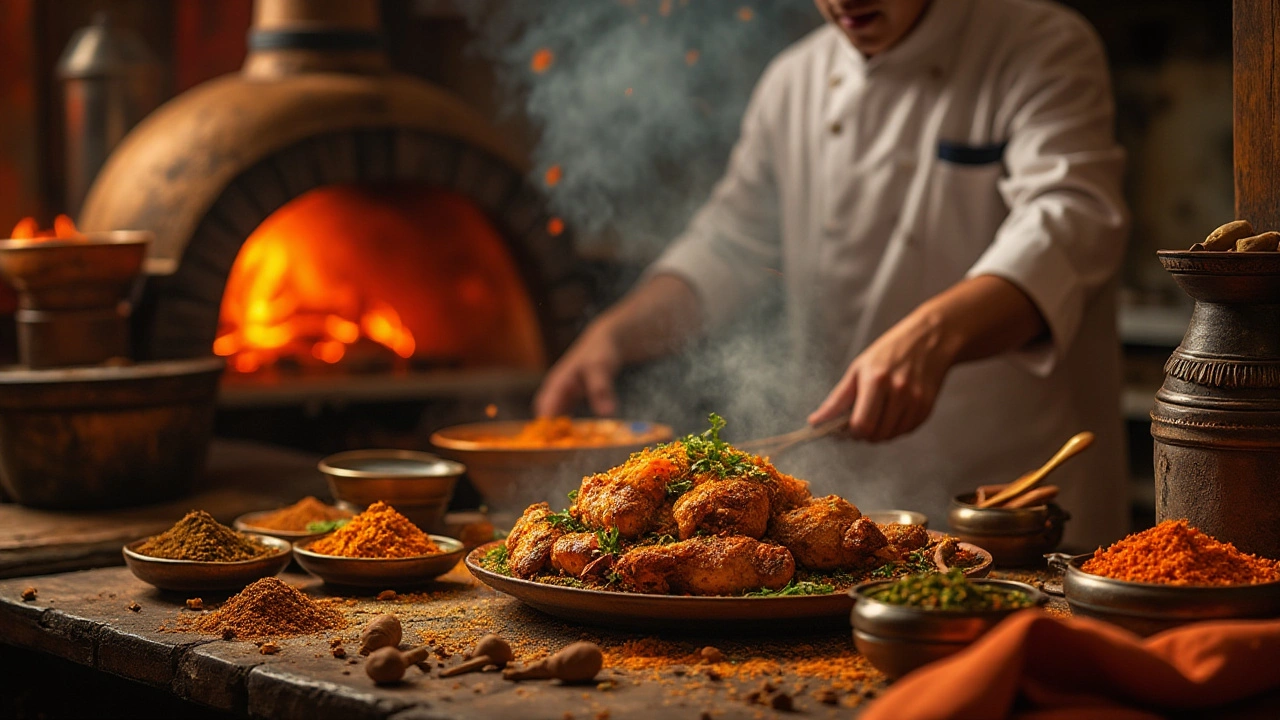Cooking Disadvantages: What to Watch Out For
When talking about cooking disadvantages, the downsides that appear in everyday kitchen work. Also known as drawbacks of cooking, they often boil down to three big areas—nutrient loss, time consumption, and skill barriers. Understanding these helps you spot problems before they ruin a meal.
cooking disadvantages show up in many ways, from soggy roti to over‑cooked dal. When you lose too many nutrients, the health boost you expect from a veggie‑rich curry can disappear. When a recipe demands hours of simmering, busy families may skip it altogether, ending up with shortcut meals that aren't as satisfying. And when a technique feels too tricky, you might give up, leaving a gap in your cooking confidence.
How Nutrient Loss Shapes Your Plate
Heat, water, and air are the main culprits behind nutrient loss. Boiling dal without soaking, as many beginners do, can leach vitamins into the water and make the protein less digestible. That's why the post about "What Happens If You Don't Soak Dal?" stresses the health impact of skipping that step. Similarly, over‑roasting spices can burn off the delicate flavors that give butter chicken its zing, turning a classic into a bland mess.
Keeping nutrients intact often means tweaking cooking methods. A quick steam instead of a long boil preserves color, texture, and the vitamins that make a salad feel fresh. Adding a splash of lemon to biryani, as highlighted in the lemon‑in‑biryani article, not only brightens flavor but also prevents certain minerals from binding too tightly, making them easier for your body to absorb.
When you understand that nutrient loss is a real downside, you can choose methods that protect the health value of your meals. This mindset ties directly into the broader category of cooking disadvantages, showing how one issue can ripple through taste, texture, and nutrition.
Time consumption is the next big hurdle. Some dishes, like a slow‑cooked biryani, demand careful layering and hours of resting. For a busy household, that time sink can feel like a deal‑breaker, pushing cooks toward instant‑noodles instead of wholesome meals. The post about "Secret Ingredients That Make Biryani More Tasty" reveals shortcuts that keep flavor while shaving minutes off the process.
Smart planning cuts down on wasted minutes. Pre‑soaking lentils the night before, using a pressure cooker, or employing a quick‑ferment trick for dosa batter (see the "Ferment Dosa Batter Immediately" guide) can each save 10‑15 minutes. Those small wins add up, turning a time‑heavy recipe into something you actually have the energy to try.
Skill barriers often hide behind the same time pressure. When a roti refuses to puff, it’s not just frustration—it signals a gap in technique. The "Why Isn't My Roti Puffing?" article breaks down the science of dough elasticity, showing how the right kneading rhythm and hot pan can turn a flat chapati into a fluffy one. Similarly, knowing when to add baking soda to roti dough (see the "Baking Soda in Roti" post) prevents dense, hard bread.
These skill‑related cooking disadvantages are easier to overcome with clear, step‑by‑step guidance. Once you nail the basics—proper dough hydration, correct heat levels, and timing—you’ll find many other recipes become less intimidating. That confidence boost feeds back into the cycle, reducing the perception of time consumption and nutrient loss as unavoidable problems.
Food safety risks round out the list of cooking disadvantages. Leaving homemade chutney at room temperature for too long can invite spoilage, as warned in the "Homemade Chutney Shelf Life" guide. Adding lemon juice to milk without understanding the curdling process (covered in the "Why Lemon Juice Makes Milk Curdle" article) can create unsafe textures if not handled correctly.
Knowing the safe storage windows for fresh ingredients—like how long a refrigerated pickle lasts—helps you avoid waste and illness. When you treat food safety as a core part of cooking, the fear of getting sick no longer looms over every experiment, making the kitchen a more inviting space.
All these pieces—nutrient loss, time consumption, skill barriers, and food safety—interlock to form the bigger picture of cooking disadvantages. By breaking each one down, you can see practical fixes, whether it’s a quick tip from a single article or a habit change that saves hours each week.
Below you’ll find a curated set of articles that dive deeper into each of these challenges. From mastering the perfect roti puff to understanding why lemon brightens biryani, the collection gives you actionable insights to turn cooking disadvantages into cooking advantages.

Exploring the Downsides of Tandoori Cooking Techniques
Tandoori cooking, a staple of Indian cuisine, brings out exquisite flavors in dishes, especially when it comes to tandoori chicken. However, this traditional method is not without its challenges. From the high heat that can create carcinogens to the requirement for specific equipment, there are downsides to consider. Discover the potential drawbacks and how they can affect your cooking experience. Equip yourself with tips to manage these disadvantages for a safer and more efficient tandoori cooking process.